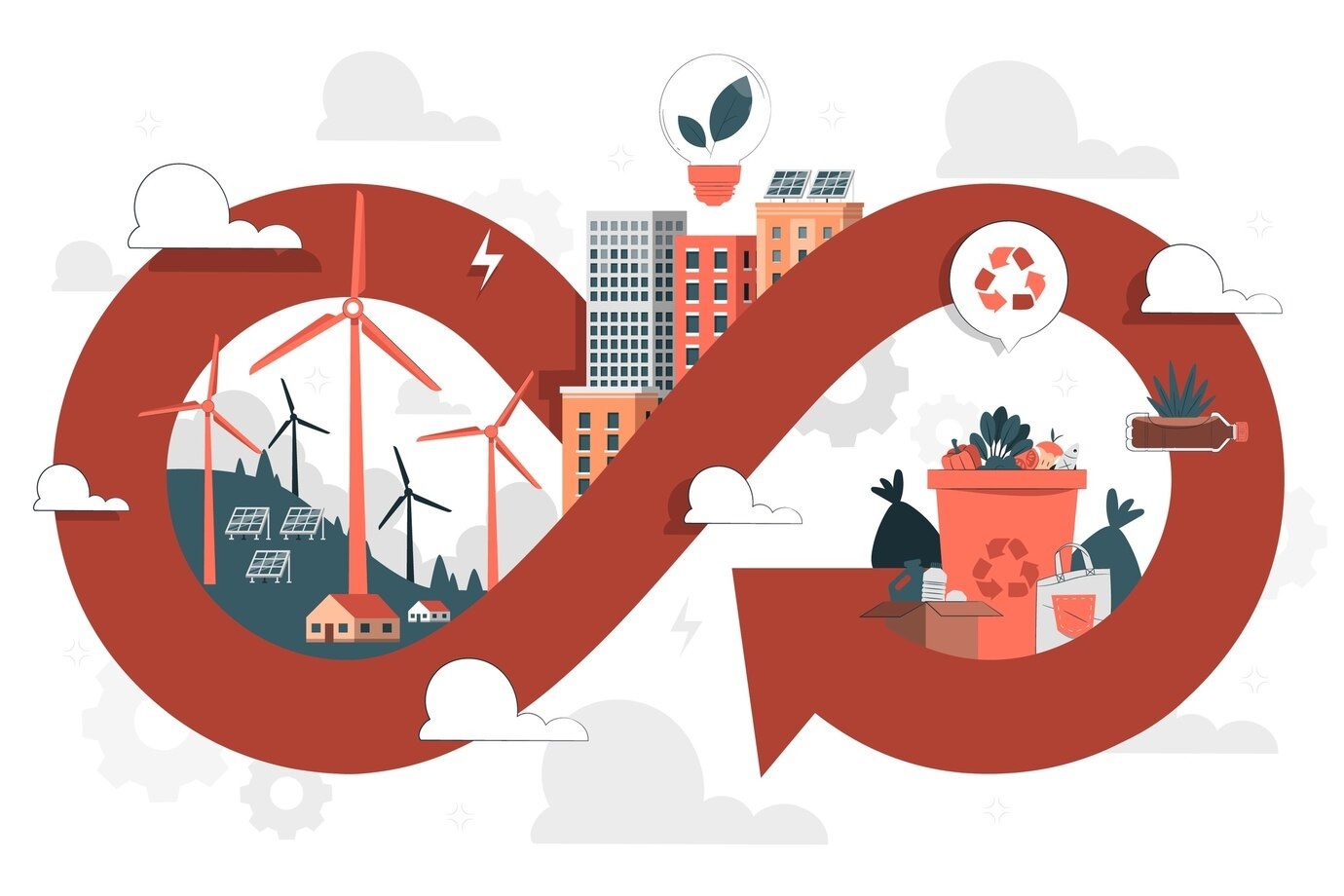Foot must remain on pedal to achieve SDGs
At last week’s workshop on study results regarding accelerating sustainable development in Vietnam, Deputy Minister of Planning and Investment Nguyen Thi Bich Ngoc noted that, while Vietnam has made some progress, the path to achieving the United Nations’ Sustainable Development Goals (SDGs) remains challenging, especially in terms of mobilising financial resources.
 |
| Foot must remain on pedal to achieve SDGs, photo: freepik.com |
Ngoc pointed out that official development assistance has significantly declined since Vietnam attained lower middle-income status, a development that has made sustainable funding more complex. “While foreign investment is rising, its contribution to sustainable development is still unclear. The local private sector also has yet to fulfill its expected role as a driver of economic growth and sustainability. To accelerate SDG implementation, narrowing the financial gap and prioritising key transformative areas are crucial,” she said.
The workshop introduced a macroeconomic model designed to support Vietnam’s long-term SDG strategy. Unlike short-term forecasting, the model provides a foundation for analysing long-term policy scenarios. Short-term GDP growth is driven by aggregate demand – consumption, investment, and net exports – while the potential output depends on factors such as labour force, capital stock, energy use and efficiency, productivity growth, and climate impacts.
Economist Kongchheng Poch from the UN Resident Coordinator’s office presented three scenarios to help accelerate Vietnam’s SDG progress: green growth, poverty and inequality reduction, and innovation-driven growth.
“In the first scenario, which aims to achieve net-zero commitments and SDG 7 on energy access, the government could prioritise renewable energy investment and energy efficiency measures while implementing tools to limit CO2 emissions. Policies in this scenario include increasing investments in renewables and possibly introducing a carbon tax,” Poch said.
According to Poch, the government plans to invest approximately $13.5 billion per year until 2030 in renewable energy, increasing to $23 billion annually from 2031 to 2050. This substantial investment package, equivalent to around 7 per cent of 2020 GDP, could lead to significant reductions in pollution and carbon emissions, boosting productivity and yielding positive economic results in the long term.
However, if financed solely by the government, the fiscal burden would be substantial.
Poch also highlighted that introducing a carbon tax could be an effective alternative. Beginning at $25 per tonne of carbon in 2023 and rising to $90 by 2040, this tax could reduce fossil energy consumption by making it more expensive, encouraging a shift towards renewables.
“Increasing fossil energy prices will lower energy use and emissions. The impact on GDP may be slightly negative due to higher production costs, but the tax revenue could substantially reduce public debt if the funds are not redirected to social spending,” Poch said.
The second scenario prioritises poverty and inequality reduction, aligned with SDGs 1, 4, and 10. This scenario envisions a significant increase in social spending through national target programmes.
“The climate impact is positive, given that infrastructure investments are expected to boost energy efficiency and lower emissions. Economic growth would benefit from improved productivity, while poverty reduction is facilitated through increased social spending,” Poch stated.
Education, as a key driver of economic and social progress, requires higher spending levels sustained through 2030, either financed through additional debt or budget reallocation. “Investing in education yields positive short-term GDP and employment effects and significant social benefits over time. However, unless other investments are reallocated, the fiscal burden would increase,” he added.
The third scenario targets innovation-driven growth to support SDG 8, which promotes sustained, inclusive, and sustainable economic growth. The focus here is on transforming Vietnam’s growth model by investing in ICT infrastructure, primarily financed by the private sector (95 per cent of the required funds). Given the relatively modest size of this investment, the environmental impact would be negligible, while the fiscal effect is positive, as private capital largely funds the development.
Inclusive fiscal policies are seen as essential for advancing SDGs, enabling equitable resource distribution and reducing inequality. Economists stressed that effective public debt management with a long-term perspective is necessary to balance development needs and fiscal health.
Lin Zhuo, an economic affairs officer with the Economic and Social Commission for Asia-Pacific, advocated a shift in thinking regarding public debt and its role in sustainable development. Traditionally, high public debt is viewed as a threat to economic stability and growth, with current debt sustainability assessments often promoting fiscal tightening, limiting government funds for SDG investment.
“We need a fresh perspective. Public debt, if managed prudently over the long term, can be a powerful development tool. Each country’s optimal debt level should reflect its SDG progress and ambitions rather than being constrained by short-term sustainability metrics,” Zhuo said.
To improve long-term financing, Zhuo recommended enhancing productivity to drive economic growth and increase government revenue without raising taxes.
| Nguyen Thi Bich Ngoc, deputy Minister of Planning and Investment
Significant global progress has been made in achieving the SDGs. Extreme poverty and child mortality continue to decline, and we see gains in the fight against diseases like HIV and hepatitis. Gender equality targets are progressing, access to electricity is expanding in poor nations, and renewable energy use is on the rise. However, since 2019, progress has slowed due to the pandemic, climate change, and geopolitical tensions. According to the latest UN report, only 17 per cent of SDGs are on track to be met by 2030, while 48 per cent are making slow progress, and 35 per cent are off track. In Vietnam, national and sectoral strategies have integrated the SDGs, with a focus on vulnerable groups, such as the poor, ethnic minorities, children, and women, to ensure no one is left behind. According to the 2023 Voluntary National Review, Vietnam has achieved certain milestones, particularly in areas like child protection, social security, and education. The study on accelerating sustainable development in Vietnam underscores the importance of comprehensive fiscal policies, the environmental benefits of investing in renewable energy, and the need for effective management of public debt to meet these targets. |
What the stars mean:
★ Poor ★ ★ Promising ★★★ Good ★★★★ Very good ★★★★★ Exceptional
Related Contents
Latest News
More News
- Heavy industries set for pilot greenhouse gas quotas (December 25, 2025 | 10:00)
- Swedfund invests in MSME growth and climate action in Vietnam (December 19, 2025 | 11:42)
- GreenYellow brings solar energy to light up remote schools in Tuyen Quang province (December 19, 2025 | 08:00)
- Charge+, Grab partner to develop EV charging network in Vietnam (December 18, 2025 | 17:11)
- Linking sci-tech and innovation to Vietnam’s net-zero future (December 18, 2025 | 14:31)
- Driving double-digit growth through green and circular transformation in Vietnam (December 17, 2025 | 09:00)
- Standard Chartered and ACCA deepen collaboration to develop Vietnam’s talent for a sustainable future (December 15, 2025 | 18:18)
- Schaeffler reports strong early output from Dong Nai solar project (December 12, 2025 | 15:16)
- Forestry conference highlights biodiversity and sustainability goals (December 09, 2025 | 13:35)
- Home Credit honoured among top 10 sustainable companies in trade and services (December 09, 2025 | 12:18)


 Tag:
Tag:




















 Mobile Version
Mobile Version